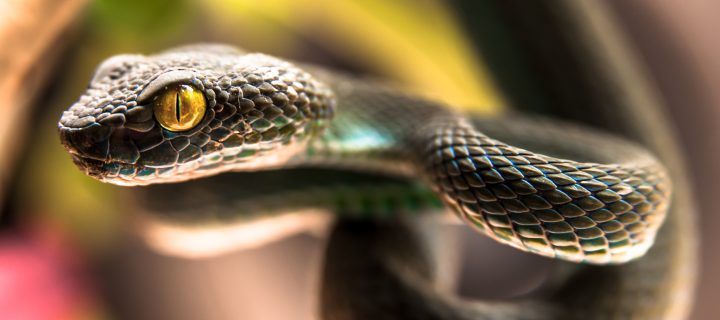Do you feel a sense of impending doom at the sight of a spider? Does the thought of snakes slithering down the path send you running up the block?
You’re not alone. According to scientists, about 1 to 5 percent of any given population in a developed country has a strong phobia of spiders and snakes. But the strange thing is, very few of us have actually seen one of them in the wild.
So, why are we so frightened? A new study done at the Max Planck Institute for Human Cognitive and Brain Sciences in Sweden says we evolved over millions of years to have these fears. It’s hereditary.
Related: How Science is Using Arachnid Silk to Help Us Heal
“When we showed pictures of a snake or a spider to the babies instead of a flower or a fish of the same size and colour, they reacted with significantly bigger pupils,” says Stefanie Hoehl, lead investigator of the study and neuroscientist at MPI CBS and the University of Vienna.
Apparently, even infants of just 6 months old have a stress reaction to spiders and snakes. Humans have lived with these potentially dangerous creatures for more than 40 to 60 million years, and a fear of them has been pre-programed into our brains, researchers say.
So, what about bears, rhinos and knives? Scientists say we don’t have an innate reaction of fear with these dangers because we simply haven’t lived along side them as long as the creepy crawlies. Maybe in time we will.
For now, if we could just get toddlers to automatically fear putting forks in electrical sockets, we’d be all set.
Photo credits: DoubleO/Shutterstock.com











